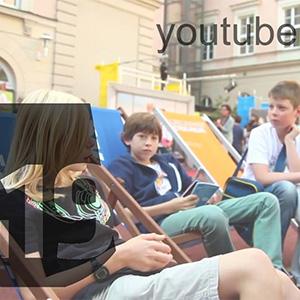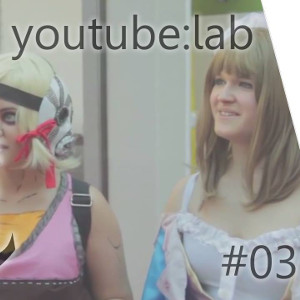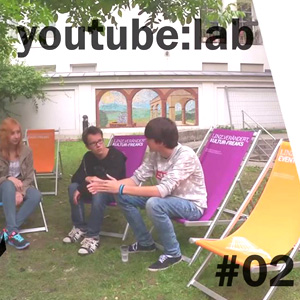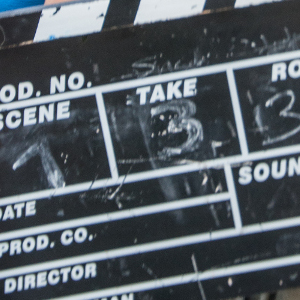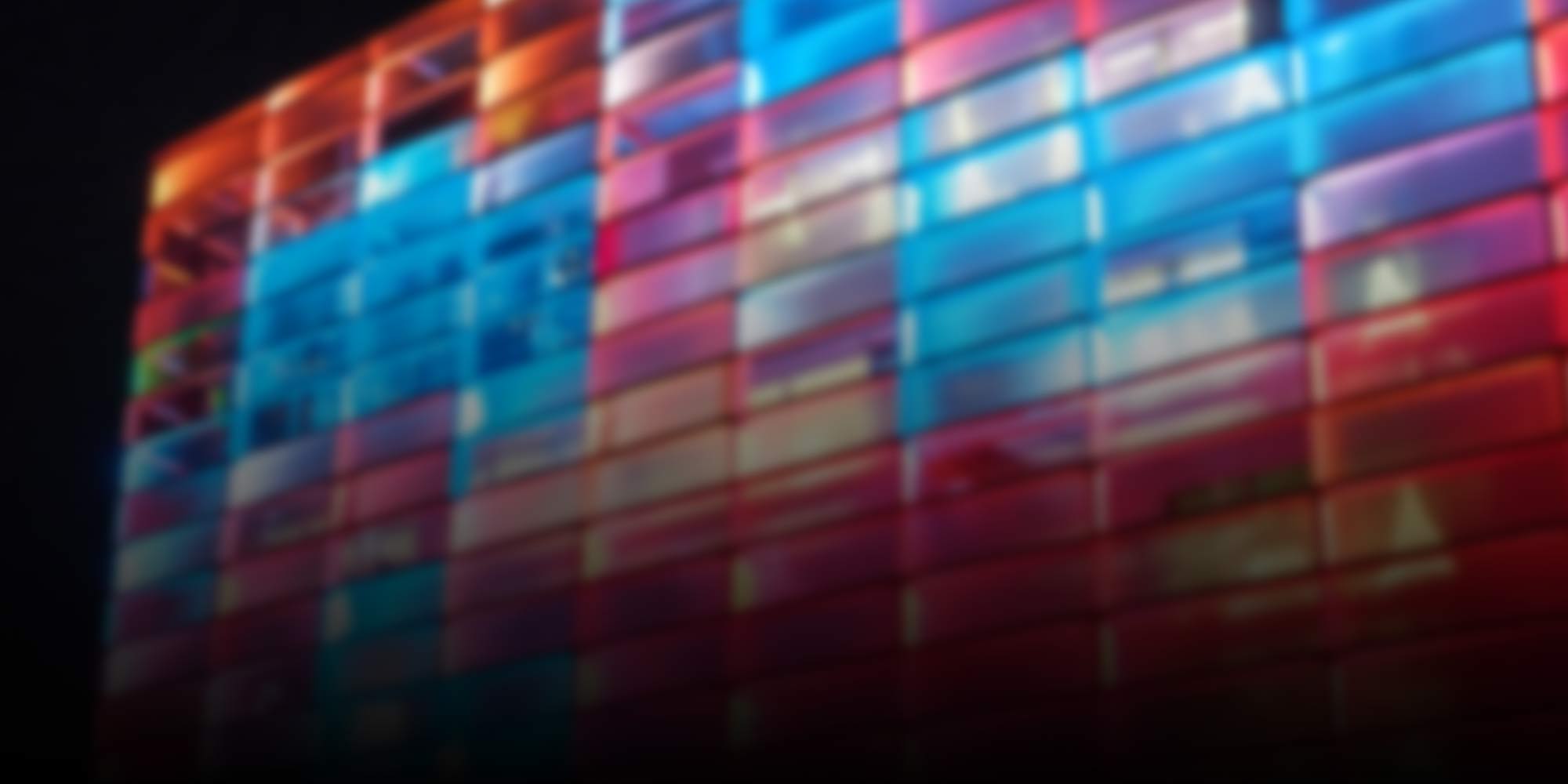
Ars Electronica Festival
-
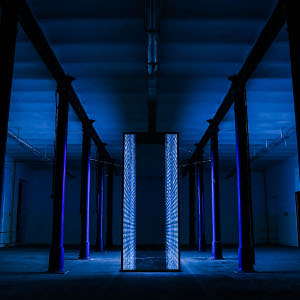
New Ideas for Art’s Encounter with Science
Lale Eric Dobrivoje from the Center for the Promotion of Science, Richard Kitta and Michal Murin of DIG Gallery discussed how science and art can benefit from one another and what those submitting a project to the Open Call of the art&science network ought to keep in mind.
-
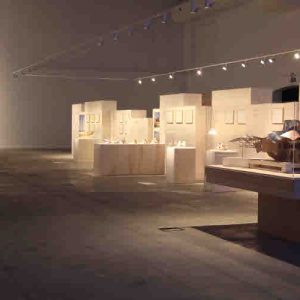
A creative journey for all of us
In this interview, Robert Devcic, director of GV Art, and Oscar Abril, artistic director of LABoral, speak about their expectations from the European Digital Art and Science Network.
-
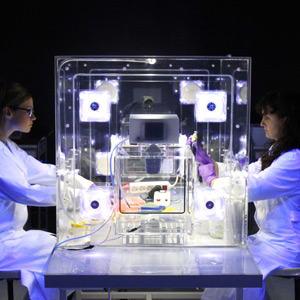
From Art to Science
The Kapelica Gallery and Zaragoza City of Knowledge Foundation are two partners of the art & science network. In the interview, they present their expectations.
-
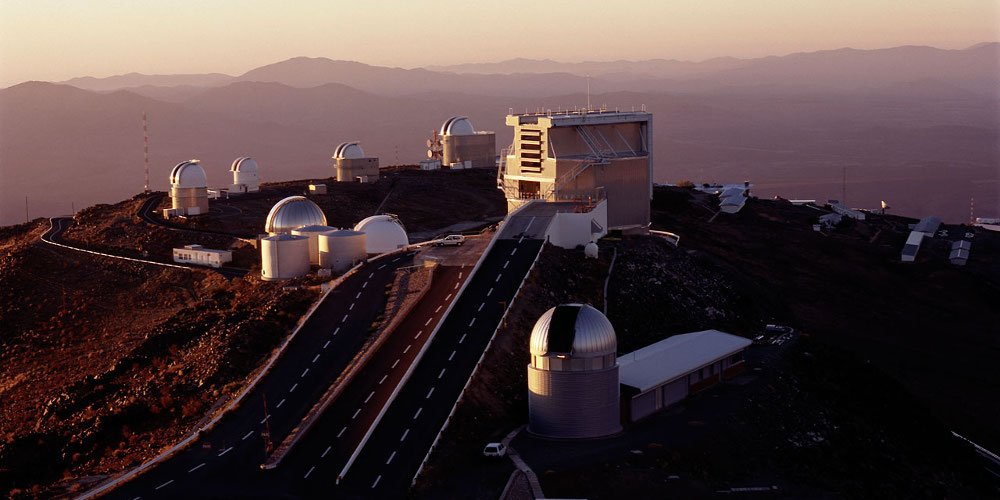
A Residency at the European Southern Observatory
Fernando Comerón, the ESO’s representative in Chile, talks in the interview about what winners of the open call of the „European Digital Art and Science Network“ can expect during their residency at the ESO.
-
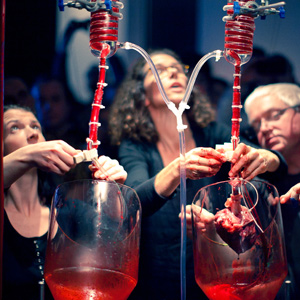
Science Gallery Dublin: Be passionate but also realistic
Diane McSweeney gives us a briefing on Science Gallery Dublin, an “art & science” partner institution, and discusses her expectations of the art-science encounter.
-
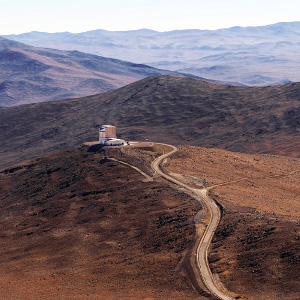
Art and Science
„European Digital Art and Science Network“ is the title of the just launched initiative by Ars Electronica, which aims to combine scientific topics with creative and innovative approaches to digital art.
-
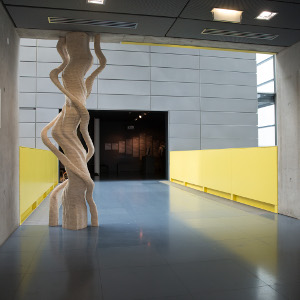
Truths unveiled by time
“Truths unveiled by time”, as Daniel Crooks also likes to call his “Real Imaginary Objects” were shown at the Ars Electronica Festival. For the festival he even created a room-high sculpture out of plywood.
-
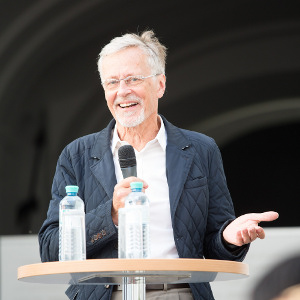
Narratives for Change
Derrick de Kerckhove spoke at the Festival Ars Electronica 2014 about change begins in people’s heads and we need narratives to get this going on. Narratives that update or replace old clichés and outworn patterns of thinking.
-
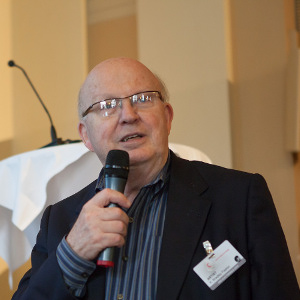
Innovation never stops
“Innovation continuous to evolve and all new innovations automatically build on that what was before and so it is constantly growing and changing”, says K. Bradley Paxton, former director of the Electronic Imaging Research Laboratories at Eastman Kodak.
-
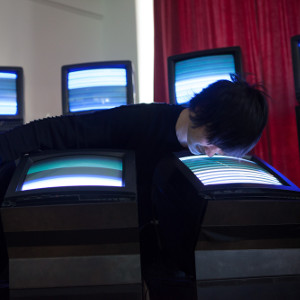
Day 5: A Festival Takes Its Leave
On Music Monday, the 2014 Ars Electronica Festival ended on a pleasant note. The five-day total for all events was about 85,000 visits. Here’s a look back at one final, glorious day!
-
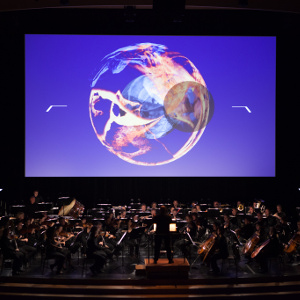
Day 4: The Festival Heads into the Home Stretch
Day 4 is done and the 2014 Ars Electronica Festival is nearing the end.
-
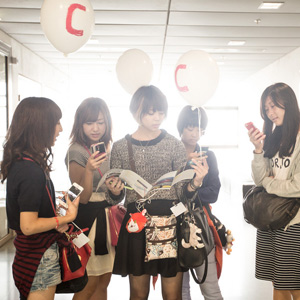
Day 3: Full Power ahead
With a comprehensive program, the 2014 Festival Ars Electronica Festival launched its third day. Discussions, lectures, shows, exhibitions, tours, workshops, parties – is there still anything missing?
-
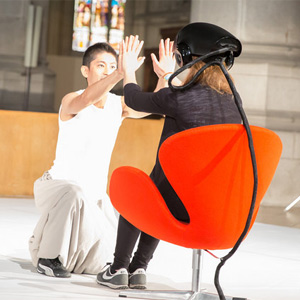
Day 2: A Festival to See, Hear and Marvel
There were lots of amazing things to see and hear on the second day of the 2014 Ars Electronica Festival.
-
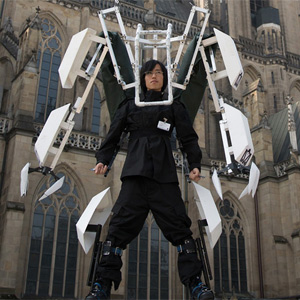
Day 1: A Festival Goes for a Stroll Downtown
Visualizations, opening tours, exhibitions, breakfast conversations, experiments, visual and audio experiences. The first day of the festival in 2014 in fast forward.
-
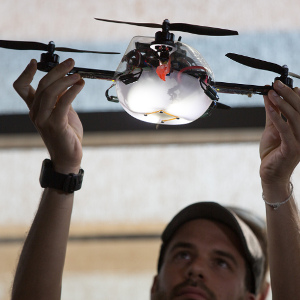
A Behind-the-Scenes Look at the Spaxels
Ars Electronica Futurelab staffers have been doing R&D since 2012 on what they’ve dubbed Spaxels (space pixels). At the Spaxels Concept Demo members of the spaxels crew will go into detail about what makes the Spaxel-swarm work and illustrate what they’ve achieved to date.
-
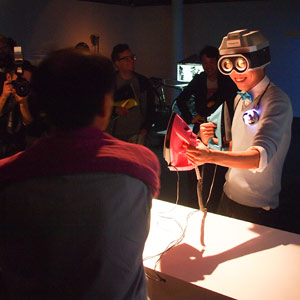
Device Art: More than Just Gadgets
Technology and Japan—now there are a couple of kindred terms! “Device Art,” the new exhibition in the Ars Electronica Center, features whimsical exhibits representing a new art form engendered by our Digital Age.
-
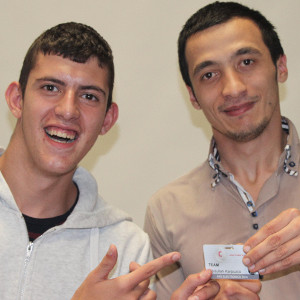
Putting the Festival Theme into Practice … In-House at Ars Electronica Too!
This year, Ars Electronica wants to make a loud and clear statement in favor of integrating people with handicaps into “normal” working life. So, a decision was made in cooperation with FAB to take on two interns in the festival production crew.
-
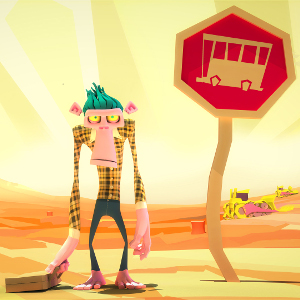
Ars Electronica Animation Festival 2014
The Ars Electronica Animation Festival showcases the outstanding creative work filmmakers are currently doing in very diverse areas in the animation field – applications in art, science, R&D and industry.
-
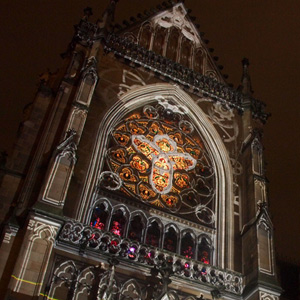
When the Cathedral Is Ablaze with Light
Not only is Linz’s Mariendom being transformed into an atmospherically stunning exhibition space during the festival. After sundown, Austria’s largest church will shine in a completely new light.
-
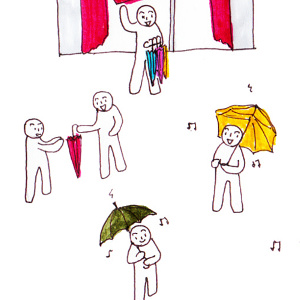
Umbrella Radio
At the 2014 Ars Electronica Festival, Ö1, the ORF – Austrian Broadcasting Company’s cultural radio station, will be broadcasting Umbrella Radio. At preset times, the Ö1 crew will ring the chimes of change and request favorably disposed festivalgoers to take part in a Change Radio ritual.
-
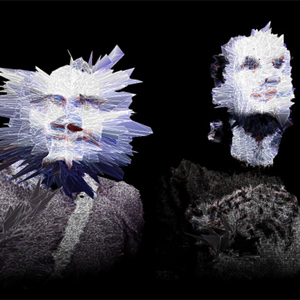
Take a Number, Leave Your Head
Since 2011, (St)Age of Participation has been performing research on audience participation in stage-based media art. This is now being taken to the next level at the Ars Electronica Festival; an interactive club offering drinks and dada that totally eliminates the boundaries between a sphere for actors and a separate one for the audience.
-
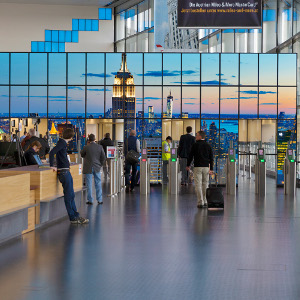
Ars Electronica Solutions at the Future Playground
Future Playground is a showcase of notable new developments by the Ars Electronica Futurelab and Ars Electronica Solutions. Michael Badics explains which interactive products and services Ars Electronica Solutions be showcasing there.
-
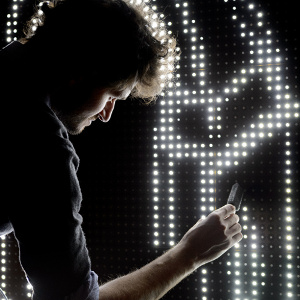
Water Light Graffiti – Water Makes Light
A sponge, brush or water pistol and some water – that’s all it takes to conjure up Water Light Graffiti on a wall studded with thousands of water-sensitive LEDs. The principle is simple; the results are a feast for the eyes.
-
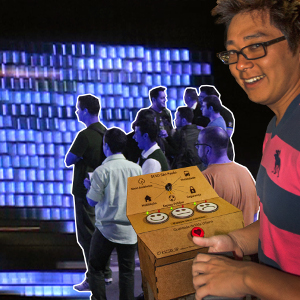
Smart Citizen Sentiment Dashboard
You can get an impression of the feelings and attitudes of people in Linz towards the environment, mobility, security, the housing situation and the public sphere from the Smart Citizen Sentiment Dashboard (SCSD) on the Ars Electronica Center.
